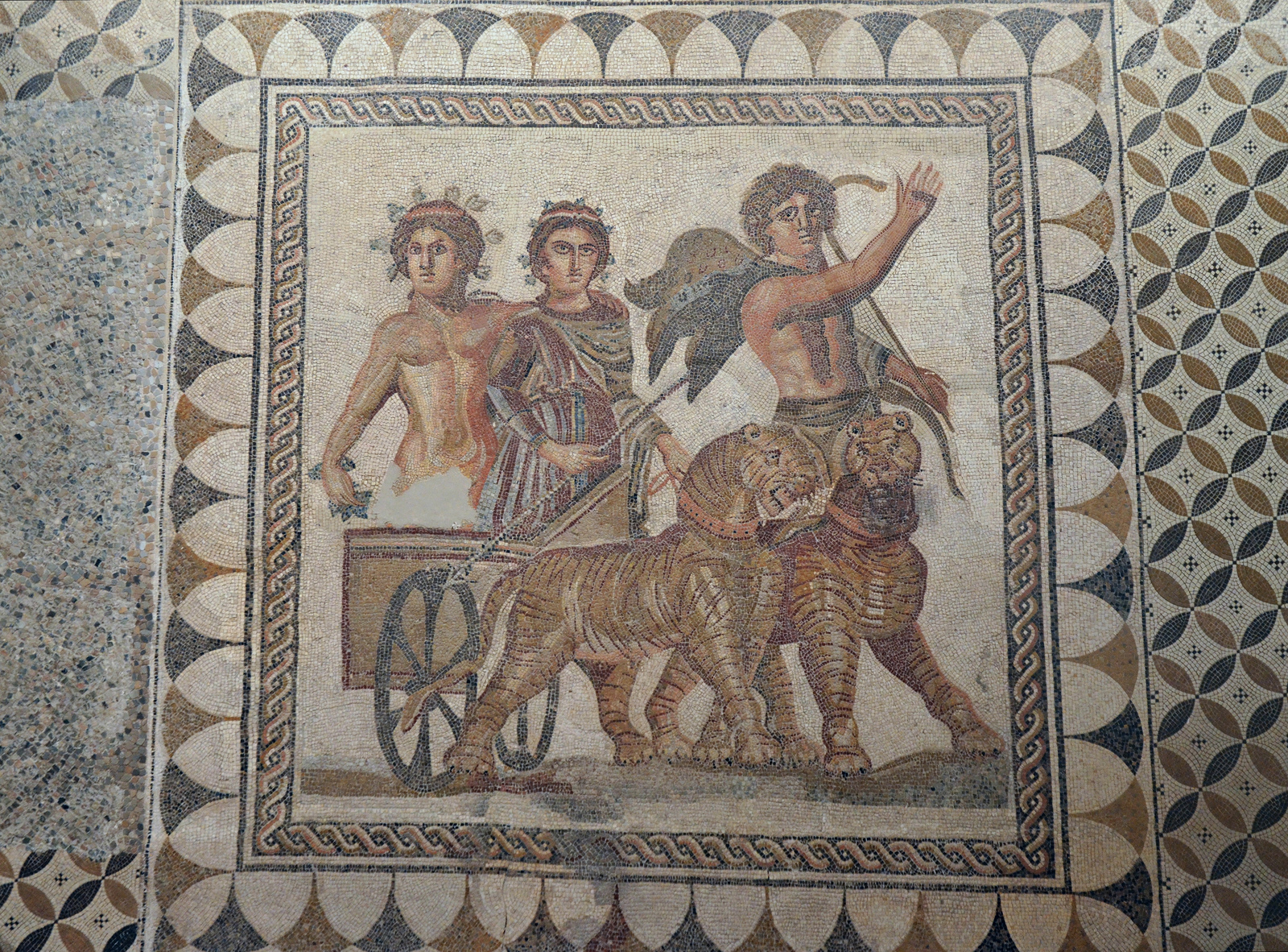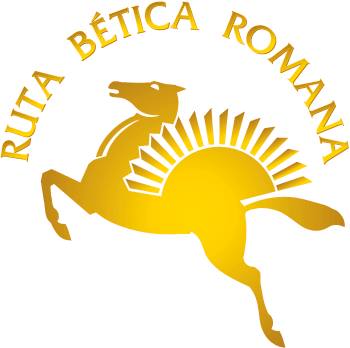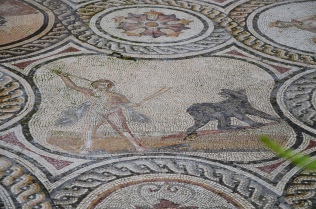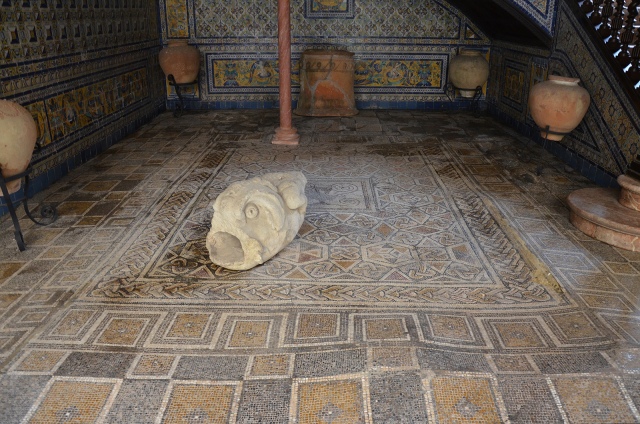On a recent trip to southern Spain, I travelled along the Roman Baetica Route and visited many of the archaeological sites and museums that Andalusia has to offer. Among the plethora of ancient treasures to be found in the region, I was particularly impressed by the incredible mosaics I came across. This installment of the series will focus on the Lebrija Palace in Seville.
The Roman Baetica Route is an ancient Roman road that passes through fourteen cities of the provinces of Seville, Cadiz, and Córdoba, which correspond to modern-day Andalusia. It runs through the most southern part of the Roman province of Hispania and includes territories also crossed by the Via Augusta. The route connected Hispalis (Seville) with Corduba (Córdoba) and Gades (Cádiz). The word Baetica comes from Baetis, the ancient name for the river Guadalquivir.
Lebrija Palace
One of the least known of Seville’s museums is the Lebrija Palace, a 16th century palace with a wonderfully varied private collection. The Countess Lebrija bought the palace in 1901 and reconstructed it during 13 years until 1914. The Countess loved archaeology and during these 13 years she bought Roman mosaics and amassed a collection of many other antiquities. Her magnificent collection included a spectacular range of mosaics taken from Italica, most notably one representing the god Pan which paves the palace’s central courtyard. Pan, who is in love with Galatea, can be seen in the central panel of the mosaic serenading her on his flute. The medallions show the love stories of Zeus with Leda, Europa, Ganymede, Antiope, Danae, Io and Callisto, while in the corners are representations of the four seasons. The galleries surrounding the patio are paved with Opus Sectile dating to the 3rd century AD.
In 1999, the descendants of the Countess and the current owners decided to open the house to the public as a museum. The public can visit the ground floor and view the Countess’ great archaeological collection and discover the passion of a true collector.
See more images of Palacio Lebrija here.
View the previous entry in this series, the Archaeological Museum of Seville, and stay tuned for future installments.











